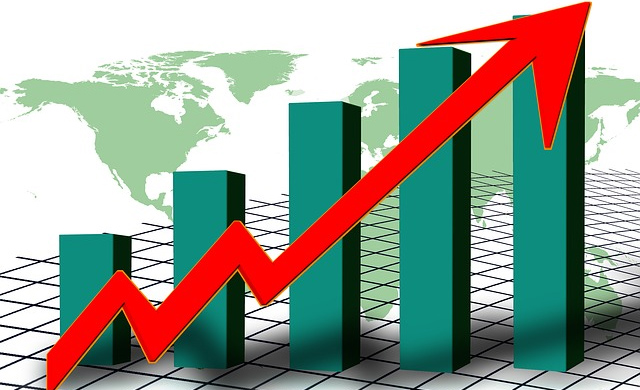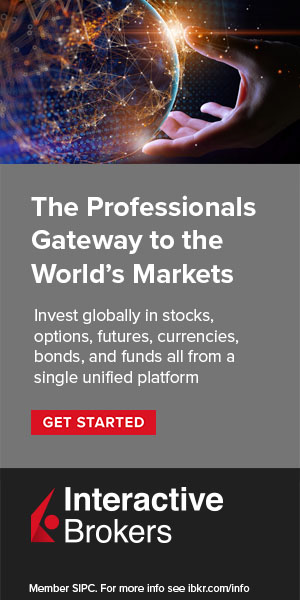In recent times, the concept of debt has been widely discussed in developed economies, with the level of federal debt held by the US peaking at $19.05 trillion in May, 2020.

Of course, debt-to-GDP figures have risen exponentially and throughout the western world during the coronavirus pandemic, with the UK’s public debt now larger than the size of the nation’s economy for the first time since 1963. At the same time, Italy’s debt-to-GDP ratio is expected to exceed 155% this year.
While it’s not unusual for debt to soar in developed economies during times of economic hardship, of course, this trend is now becoming observable in the emerging markets too. These entities have around $11 trillion in external debt and $3.9 trillion payable in 2020, and this is liable to grow in the near-term.
Despite this, the emerging markets remain a viable channel for aspiring investors who are looking to generate returns. So, here’s our guide to starting out in this space!
The Early Growth and Potential of Emerging Markets
Of course, not all emerging or frontier markets have been created equal, and there are clear stages of growth and expansion within the marketplace.
In this respect, emerging markets that are at the beginning of the growth phases remain incredibly appealing to investors, thanks largely to their capacity to offer increased returns within a relatively short space of time.
Such entities also tend to offer access to cheap labour and an abundant workforce, creating a competitive labour market that’s ripe for investment opportunity. Similarly, the debt levels we discussed earlier in the piece tends to be far lower, creating positive balance sheets that can support growth.
Viable emerging markets also have to tick a number of social and geopolitical boxes, including being stable, free from corruption and subject to the rule of law.
At this stage, viable emerging markets are also defined by a strong currency, and this makes it relatively easy to identify viable asset classes through a demo account or trading platform.
Entering the Bubble Stage
This provides the ideal segue into the bubble stage of development, during which time the strong national currency drives a higher rate of capital inflows into the emerging economy.
This helps to transform emerging economies into bull markets, while the development of strong and generative economic conditions tend to boost commodity prices. This is an important consideration, as the majority of emerging markets rely heavily on selling commodities such as oil and gas rich nations (think of Russia or Australia).
There’s no doubt that this contributes to a cycle of sustained growth in emerging markets, creating a bubble and spikes in activity across both domestic and foreign investment platforms.
Interestingly, the sustained rise in foreign capital inflows also helps to finance a significant increase in consumption, which in turn leads us onto the next stage of emerging market development.
The Downside and the Fading Boom
As consumption begins to increase and wealth is distributed throughout the economy, emerging markets also start to see a far greater demand for foreign goods and brands from overseas.
This marks a significant shift in the economic model, however, as emerging markets start to see imports rise at a faster rate than exports. At this stage, nations begin to develop a current account deficit, through which more money leaves the country than enters.
This is part of a wider trend as the bubble progresses, with the number of so-called ‘productive’ investments declining.
At the same time, the economic conditions that made the country attractive in the first place (such as export demand and cheap labour) begin to fade, as incomes rise in line with debt-to-GDP and emerging markets begin to mirror the path of developed alternatives.
At this stage, emerging markets become far less appealing, and investors are inclined to seek out alternative assets.
The Last Word
As we can see, there are obvious stages of growth associated with emerging markets, and being able to know when to enter and exit this space is key for investors.
The good news is that there are several frontier markets that have the potential to evolve into emerging markets in the current economy, and targeting prominent examples such as Vietnam and Sri Lanka can optimise your returns.
Make no mistake; your choice of emerging market is more important than ever before, particularly with many of these entities currently entering the fading boom stage and besieged by debt.


 Hot Features
Hot Features











